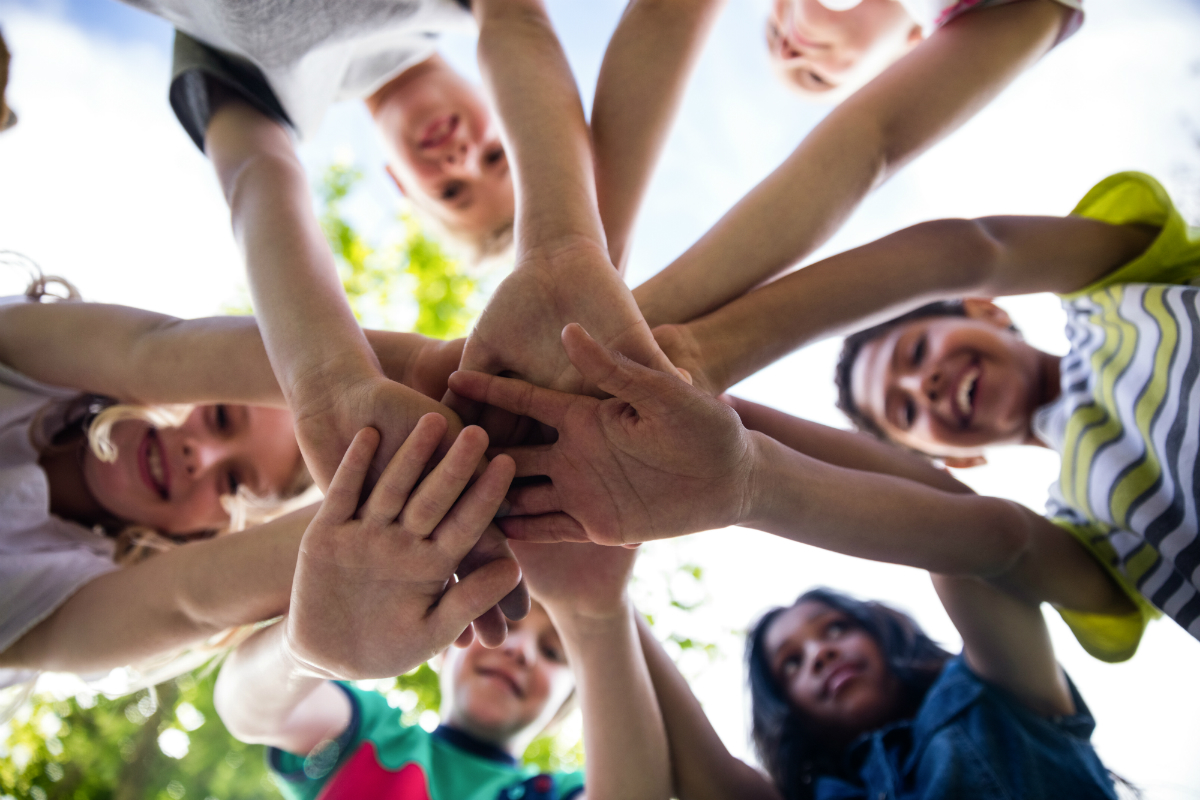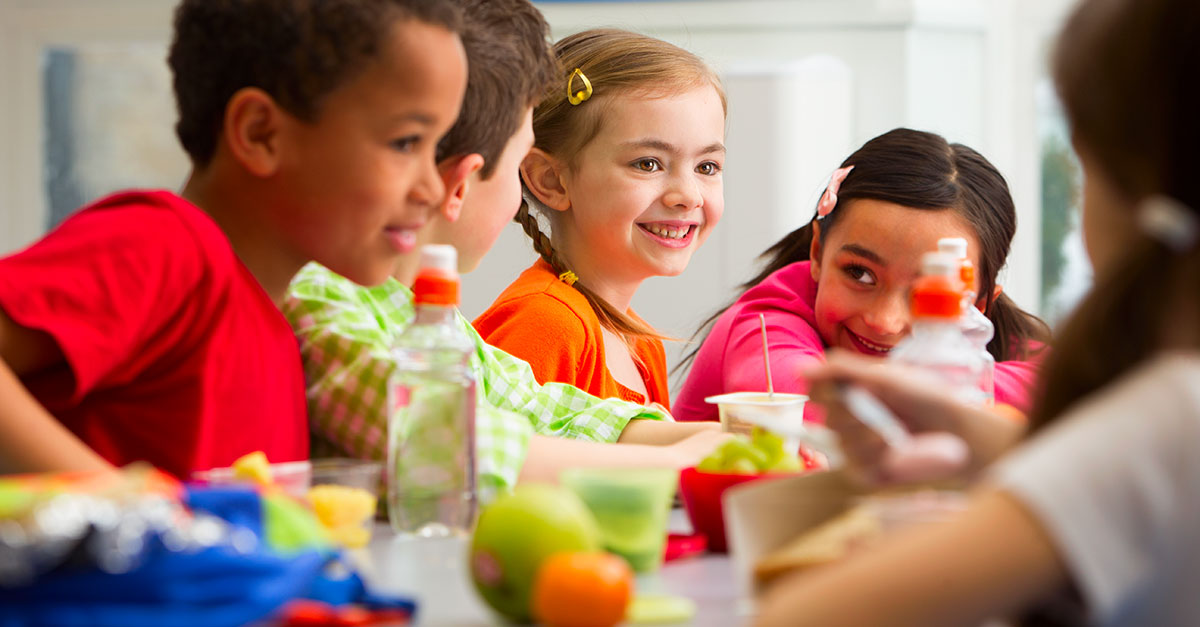The Partnership for Children & Youth, a nonprofit education advocacy organization, launched the Expanded Learning 360°/365 initiative in 2015 to create a platform for school districts and their expanded learning networks — after-school and summer programs — to work together to improve students’ social-emotional learning. Numerous studies show a link between a focus on social-emotional learning and improved academic success for students.
Through the 360°/365 initiative, seven districts across California — Los Angeles Unified School District, Oakland USD, Sacramento City USD, San Francisco USD, San Leandro USD, Santa Ana USD and Visalia Elementary School District — convened teams of school-day and expanded-learning staff in professional learning communities focused on planning, aligning and implementing SEL across students’ days. After five years, these districts showed increased opportunities for staff professional development, increased collaboration with school-day and expanded-learning staff, and stronger date usage and sharing through continuous improvement evaluation cycles.
Representatives from the seven districts spoke about their experiences and lessons learned at an event in Sacramento at the end of October. Two panels outlined important aspects of the work: working across silos to create effective programming and strengthening adult SEL.
Creating a shared understanding
District representatives talked about the importance of working together toward a unified goal, and they all began in the same place — creating a shared definition of social-emotional learning among different stakeholders. Working together across school-day staff and extended learning staff to provide continuity and open communication was invaluable to the participants and led many districts to widen the circle and include other siloed departments that could support the work.
Mai Xi Le, director of social-emotional learning for Sacramento City USD, talked about the importance of including support and classified staff in discussions and training around SEL. “We have amazing human capital among support staff that directly affects students’ feelings of safety, community and belonging on our campuses,” she said.
In Santa Ana USD, human resources and business services staff were engaged early on to ensure that social-emotional competency would be a priority in new hires and that funds were available to further the shared work of expanding SEL.
Once a shared definition was in place, the professional learning community facilitators from the Partnership for Children & Youth highlighted relevant SEL content, tools and resources. The district teams assessed what they were currently doing and what was working, planned strategies to improve SEL in their districts and looked at qualitative and quantitative data to improve outcomes.
Learning is relationships
In the opening speech for the event, Timothy Shriver, co-founder of the Collaborative for Academic, Social and Emotional Learning, said that while most people think of learning as being supported by good relationships, learning is the relationship. “Trust and connection is the learning process,” he said. “And the extent to which we teach through relationships is the extent to which we are successful.”
Sonny Kim, social-emotional learning program manager at Oakland USD, said that in order to create that relationship with students, adults must look inward at their own SEL skills. “There are no age restrictions on these skills,” Kim said. “These are the skills we all need to handle our relationships and work effectively.”
Other panelists spoke about modeling themselves for what they wanted to see happen in the classroom and beyond, including creating a safe and inclusive environment where everyone feels heard and their opinions are respected.
Embedding SEL
District representatives also emphasized the importance of embedding social-emotional learning throughout a student’s day. Santa Ana USD adopted a strategic plan for SEL and created a framework that was implemented districtwide. The district is currently in the process of pushing out curriculum implementation for school day and after-school programs. The district also named social-emotional learning as a priority in its Local Control and Accountability Plan, ensuring there is a financial investment in SEL.
Sacramento City USD’s Le called social-emotional learning a personal and communal responsibility, one that starts with policy and ends with the practice in the classroom and beyond. “Social-emotional learning is the glue that holds every academic standard,” she said. “Invest in SEL as the foundational container in which we teach.”





